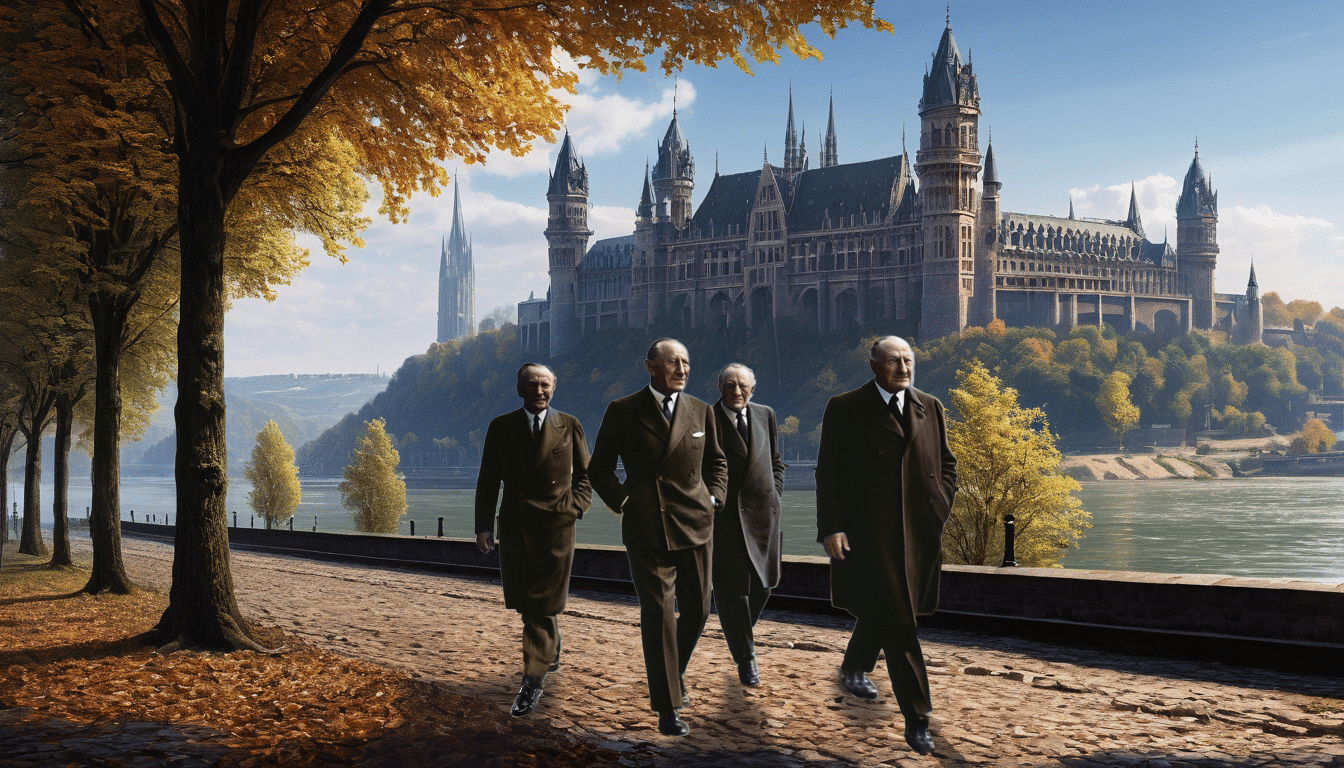Foundations and Institutional Framework of the Wirtschaftswunder: The 1945 to 1965 German Economic Miracle
Summary:
This Perspective discusses the evolution of Germany’s social market economy post-World War II, highlighting the historical, ideological, and institutional frameworks that contributed to Germany’s rapid economic recovery and emergence as a political and economic power by 1965. The reconstruction process was characterized by a balance between individual liberties and social welfare, facilitated by the principles of ordoliberalism, which emphasized a competitive market economy free from excessive state intervention.
Historically, the reconstruction of Germany involved addressing three primary concerns: establishing a constitutional structure that prevented the concentration of power, creating a socially-oriented economic order, and reforming the financial sector to avoid the pitfalls of pre-war economic cartels. The new constitution, known as the “Grundgesetz” or Basic Law, was adopted in 1949 and aimed to ensure a democratic framework with checks and balances, while also promoting individual rights and social protections.
The Perspective emphasizes the importance of federalism in the new German state, allowing for decentralized governance while maintaining national unity. The Basic Law established fundamental rights for citizens and delineated the powers of the federal and state governments, ensuring a balance of authority that would prevent the rise of authoritarianism.
From an economic perspective, the social market economy model sought to harmonize free market principles with social security measures. It aimed to create an environment where competition thrived without state interfering while also providing safety nets for the vulnerable. The Freiburg School’s ordoliberalism played a crucial role in shaping this model, advocating for a market economy that prioritized individual dignity and social justice.
The perspective also discusses the evolution of Germany’s financial system, which transitioned from a concentration of power among a few large banks to a more diversified structure that supported small and medium enterprises. This shift was essential for fostering competition and ensuring that the financial sector operated independently from state control.
The social market economy’s success was attributed to its ability to reconcile the conflicting ideologies of collectivism and free-market efficiency. The model not only facilitated rapid economic growth, known as the “Wirtschaftswunder” or Economic Miracle, but also established a robust social safety net that addressed the needs of the population.
In conclusion, the article posits that Germany’s post-war recovery was a result of a carefully crafted institutional framework that balanced individual freedoms with social responsibilities.
The principles of ordoliberalism provided the foundation for a competitive market economy, while the Basic Law ensured the protection of citizens’ rights and social welfare. This unique blend of economic liberalism and social protection has made Germany a model for other nations, demonstrating the potential for a harmonious relationship between market forces and social justice.
Click Below To View The Full Perspective








